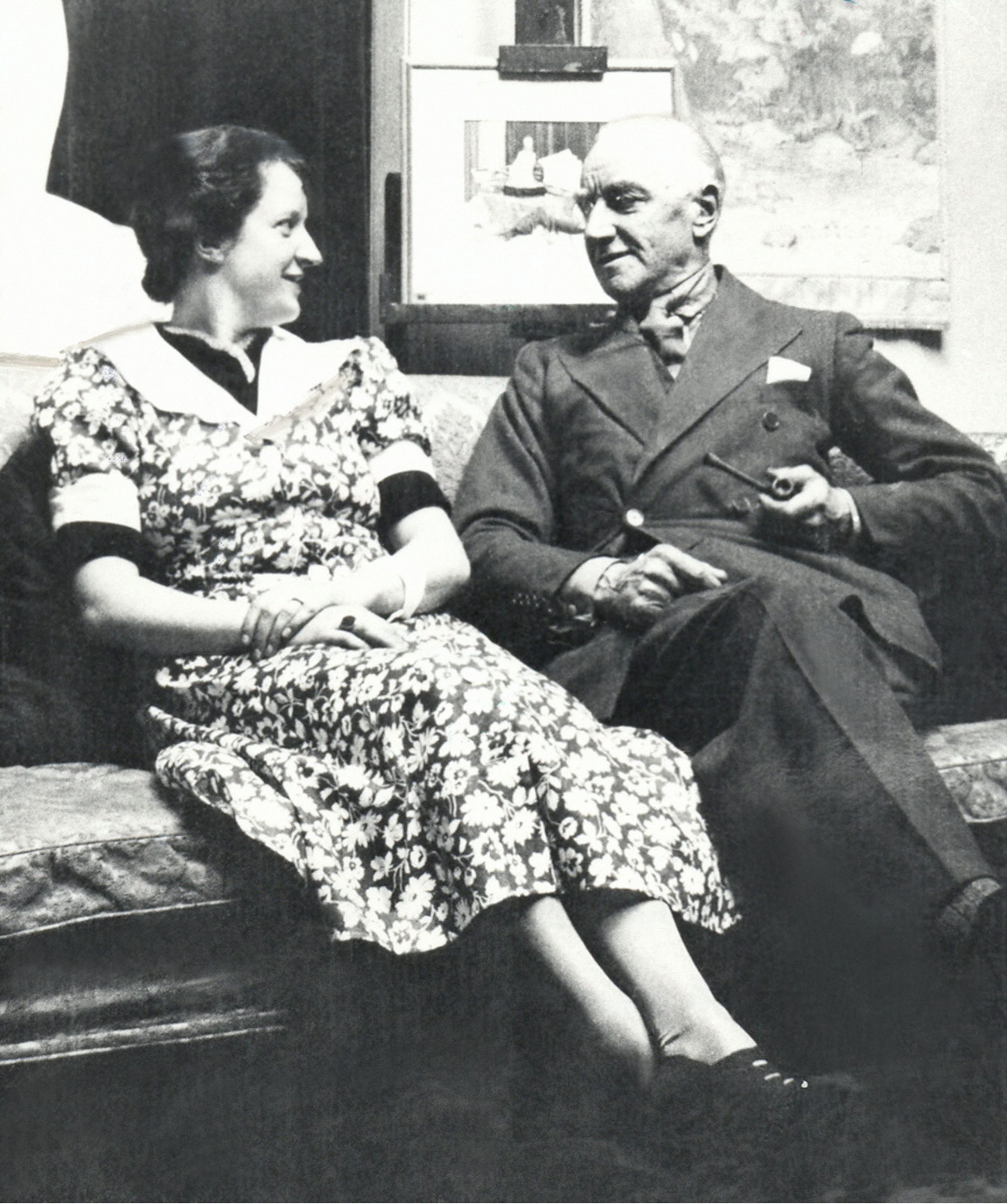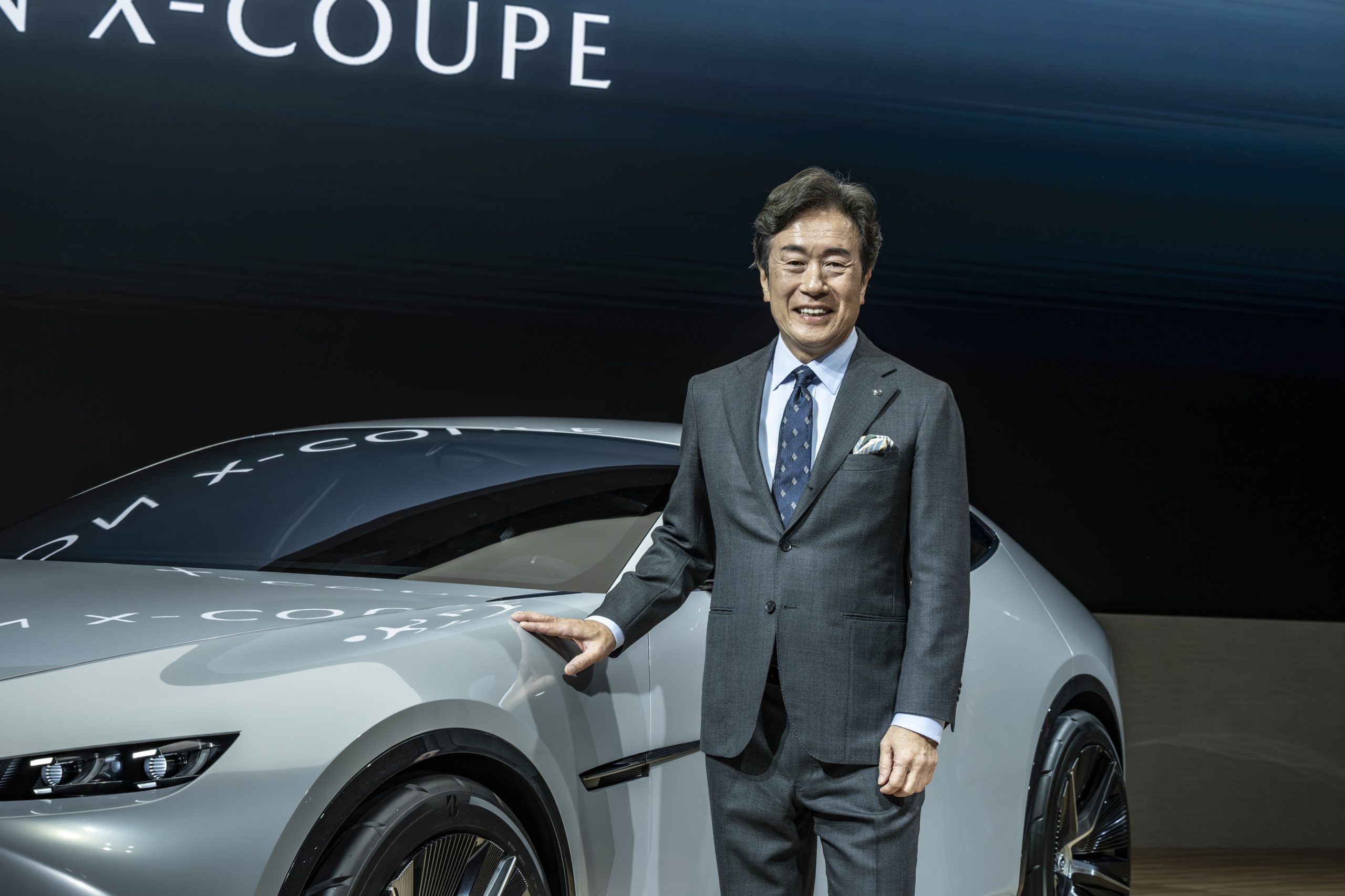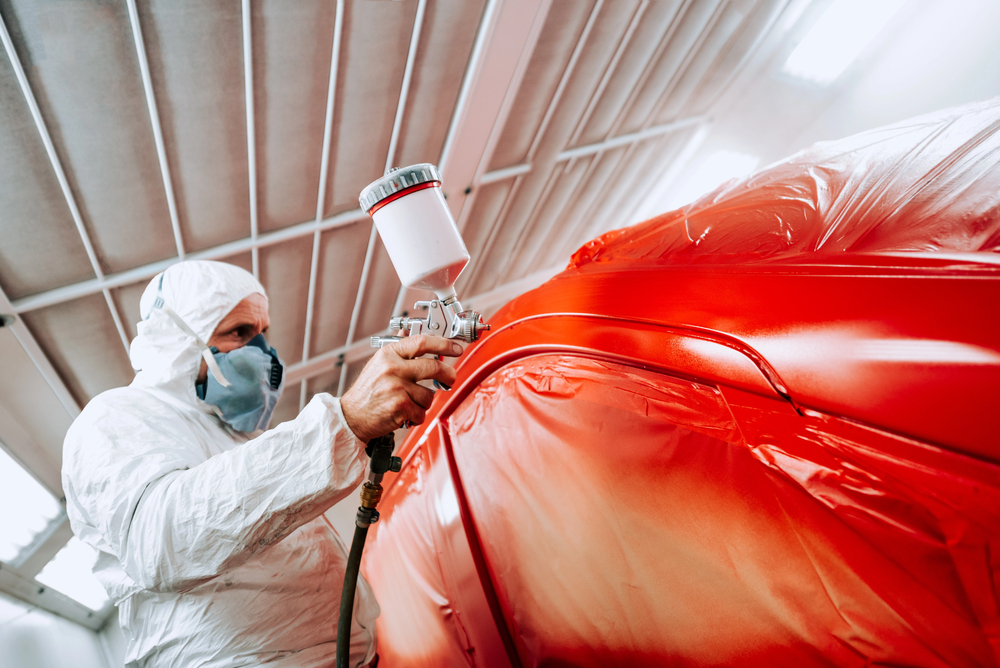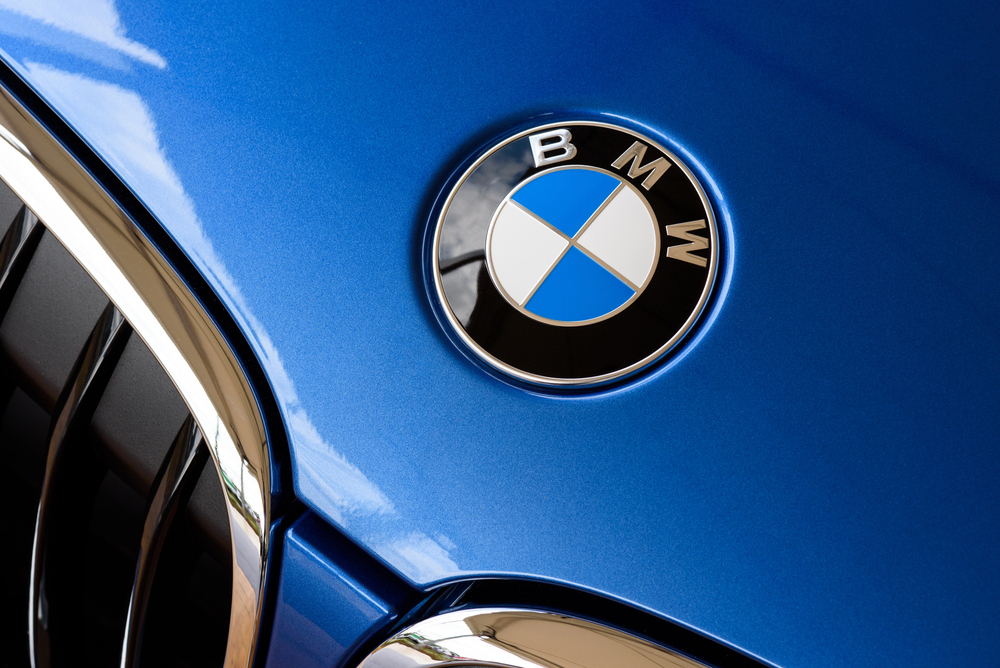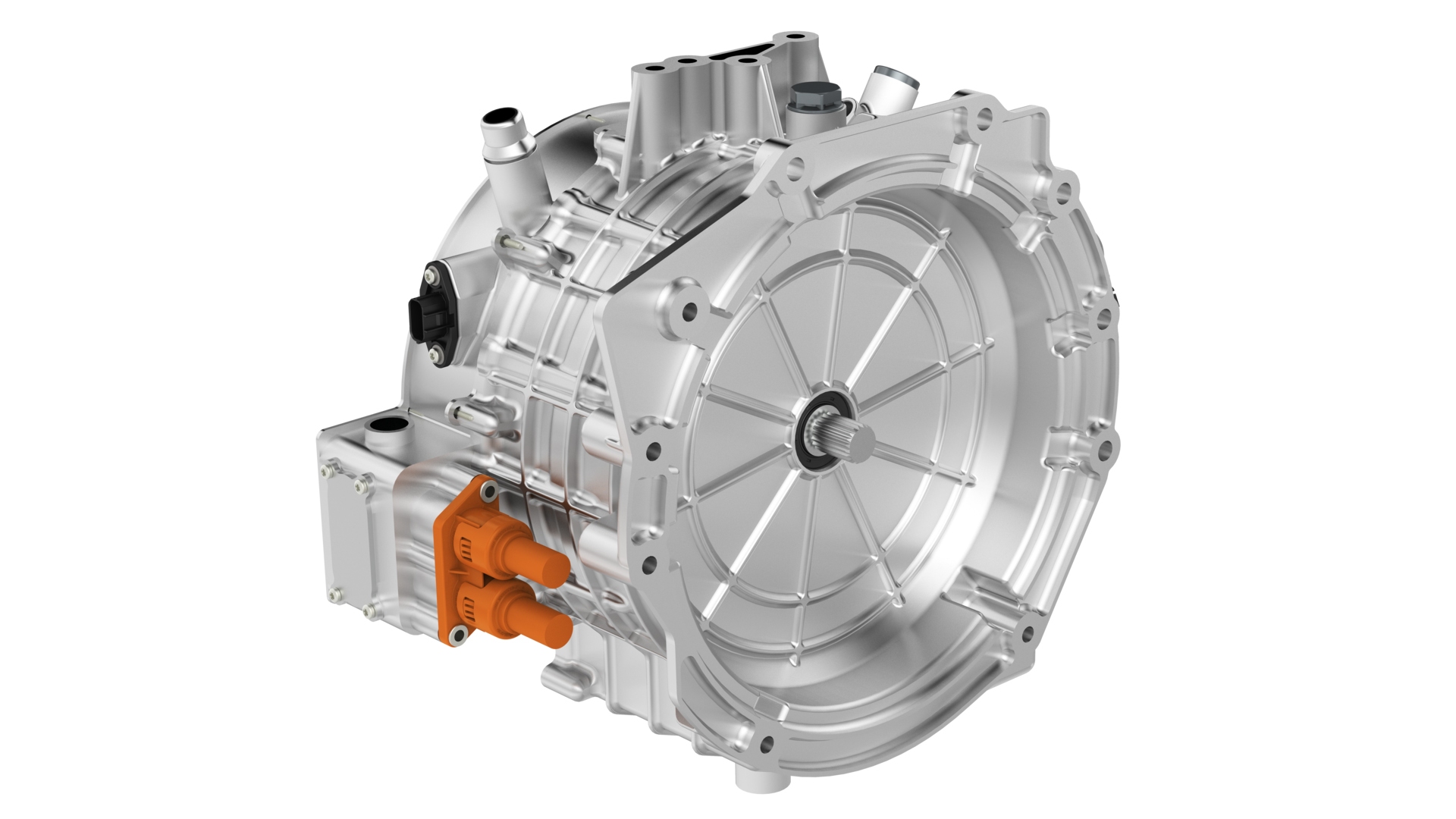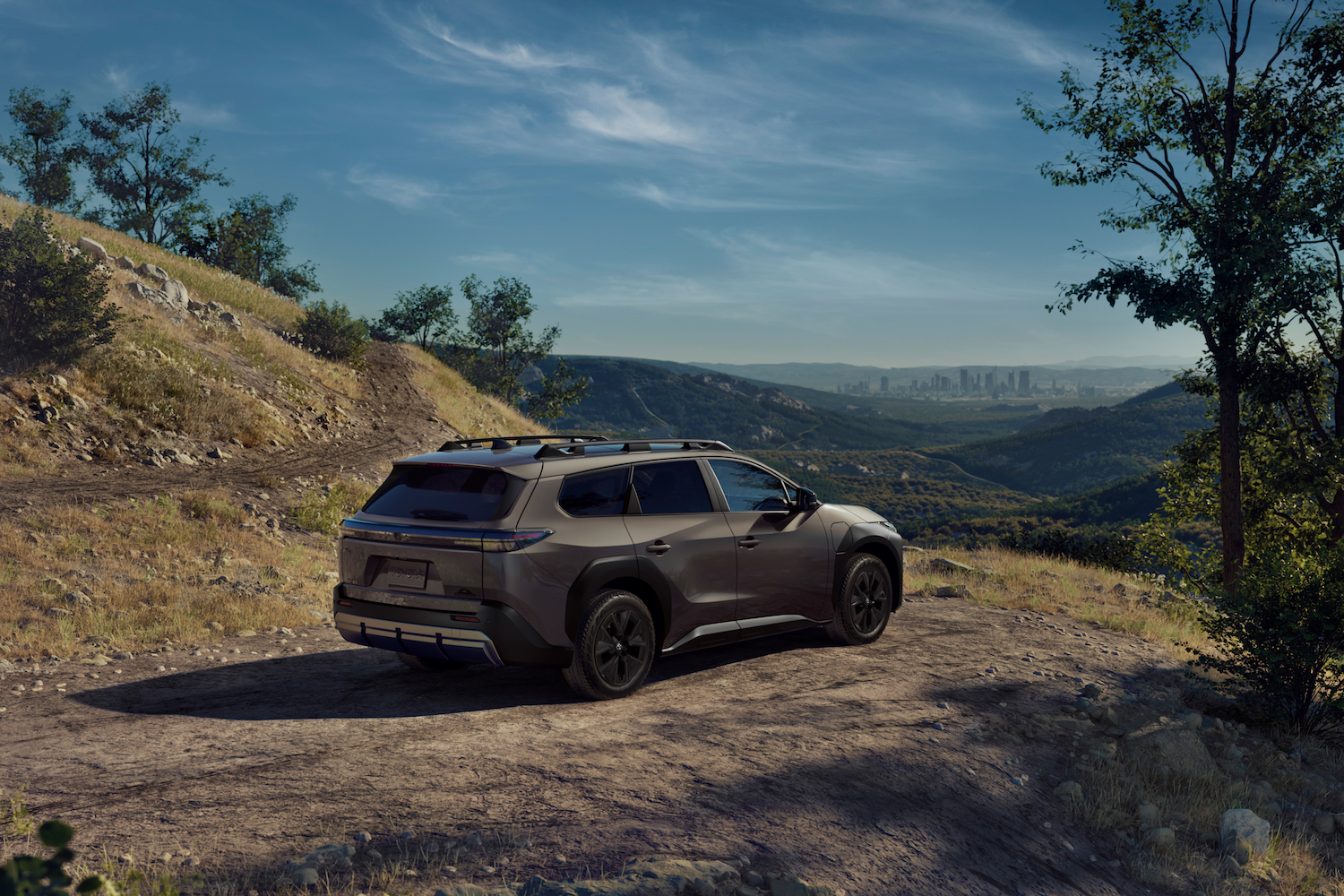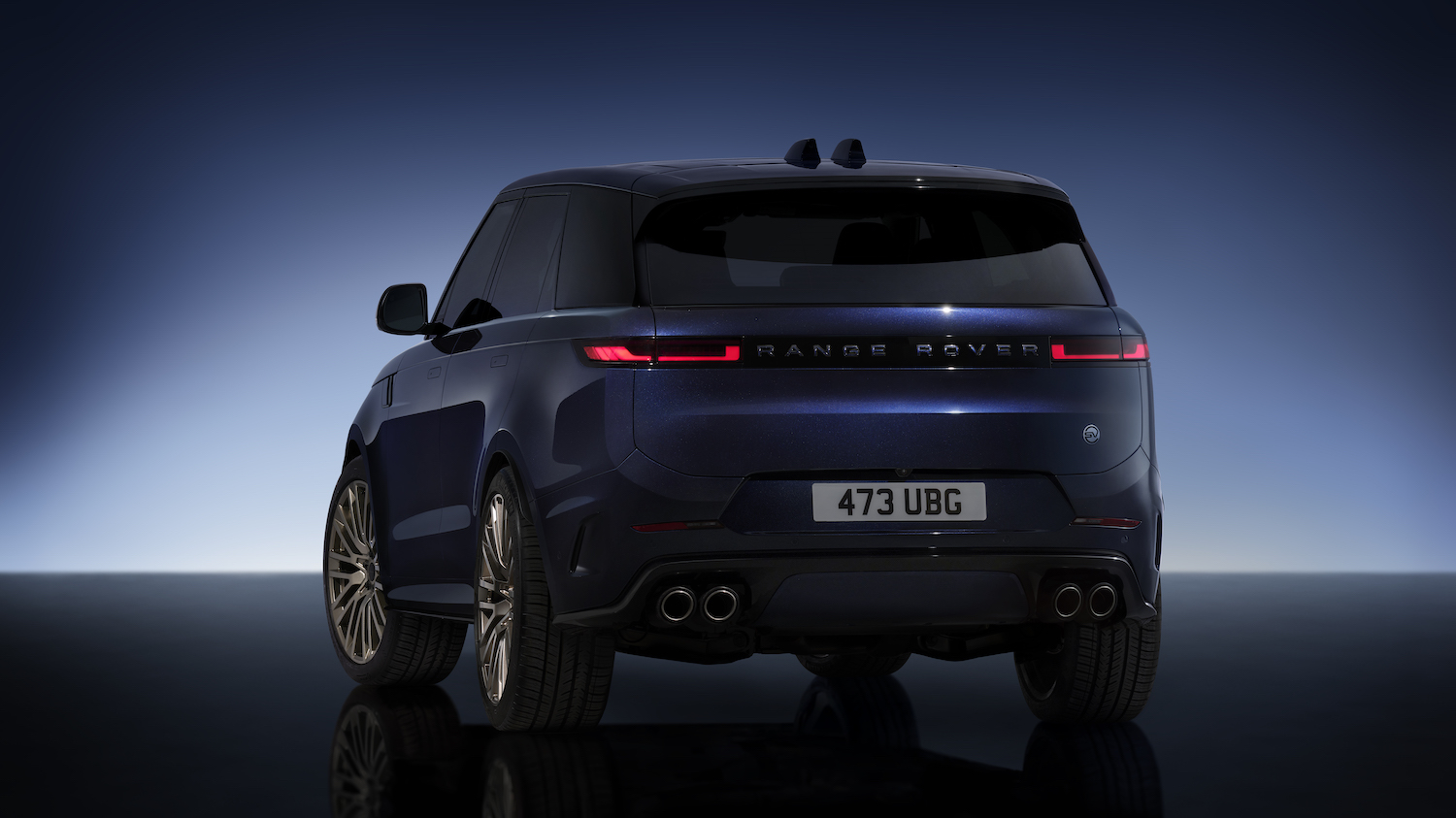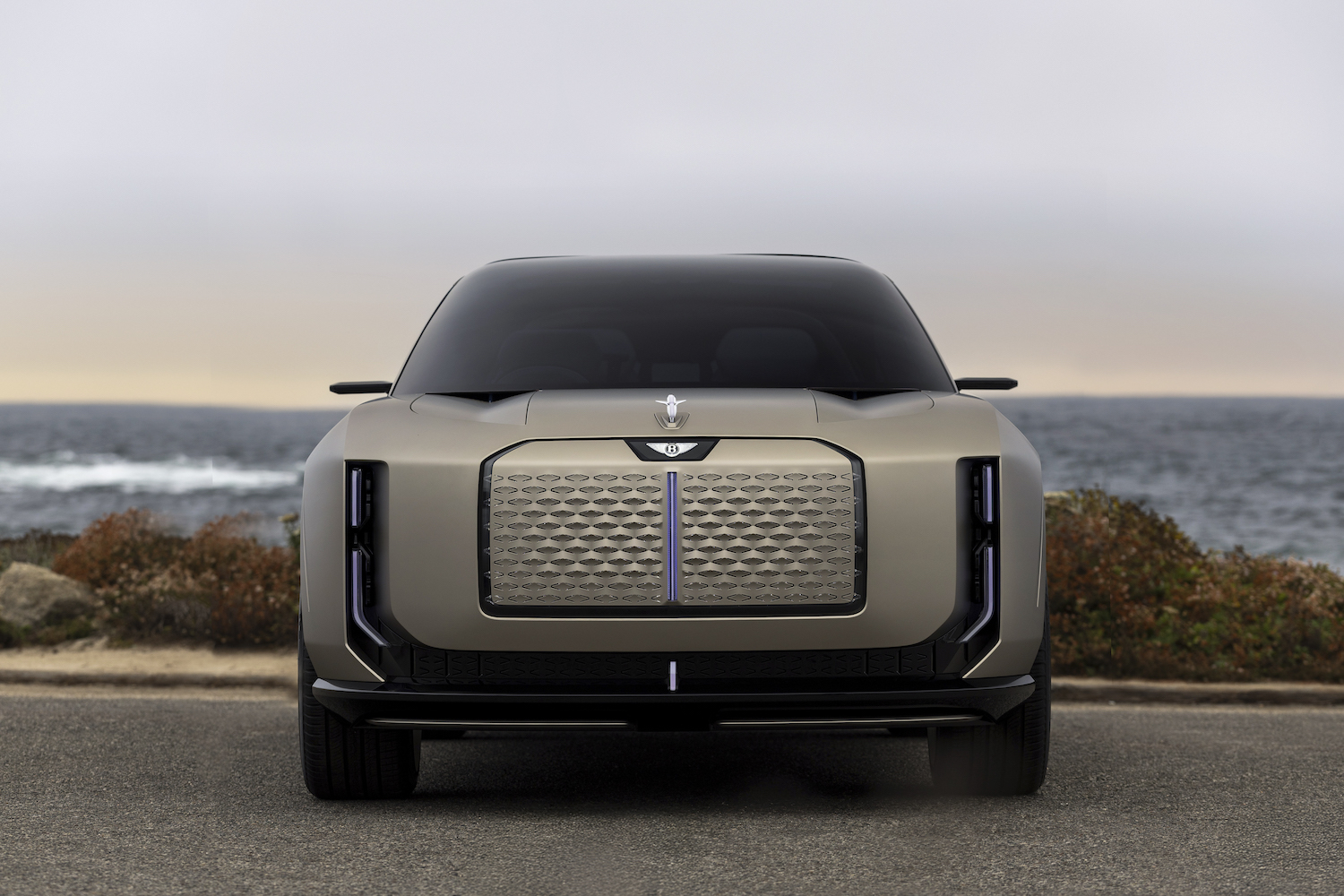Trump’s Japan Auto Deal Fuels Backlash Among U.S. Carmakers
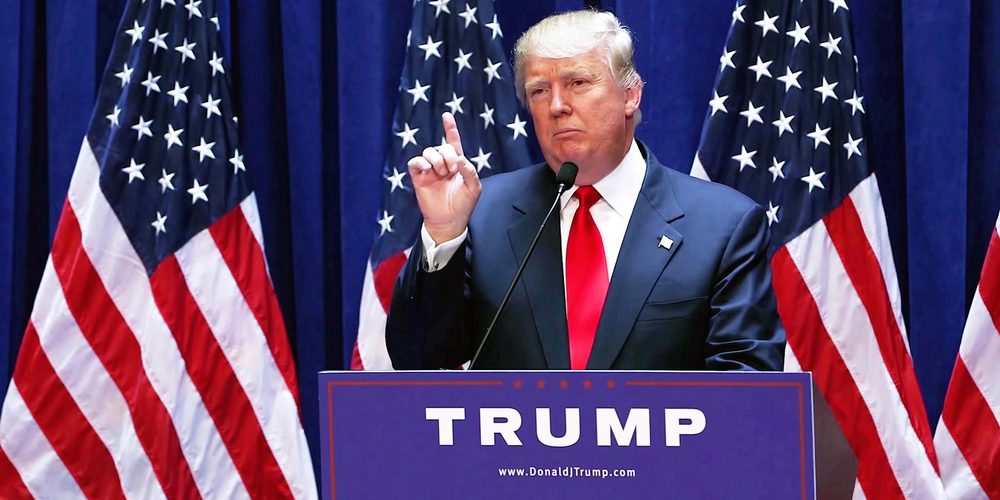
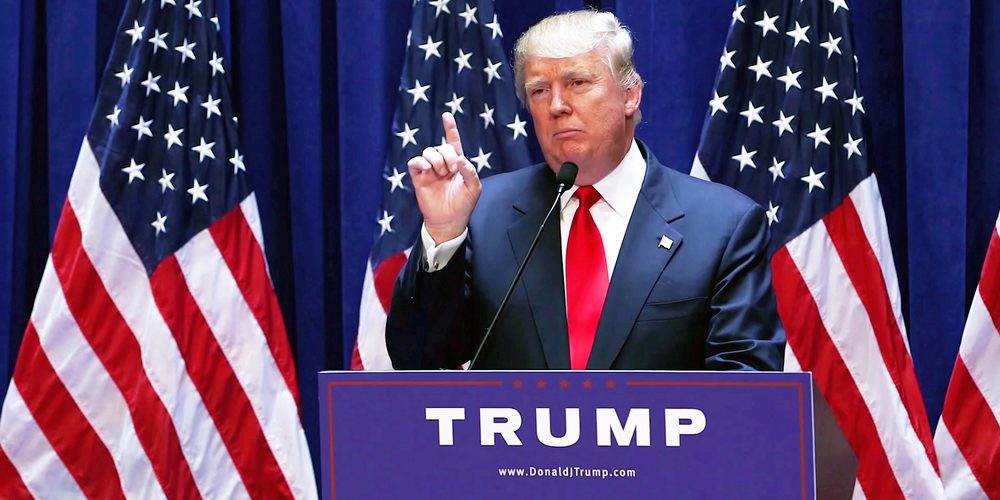
- President Trump’s new deal with Japan lowers tariffs on Japanese vehicles to 15 percent, undercutting some U.S.-made cars.
- U.S. automakers and unions warn the move could damage domestic industry and strain North American supply chains.
- Japan’s deal may set a precedent for similar agreements with the EU and South Korea, sparking global auto sector unrest.
President Donald Trump’s latest trade agreement with Japan is stirring backlash from American carmakers and labour unions, who say the deal threatens to put domestic manufacturers at a competitive disadvantage. The White House confirmed on Wednesday that the administration will reduce tariffs on Japanese autos and parts from 25 percent to 15 percent, a move that could result in some U.S.-built vehicles facing higher import duties than fully assembled foreign cars.
“American Automakers still need to review the details of the U.S.-Japan agreement, but any deal that charges a lower tariff for Japanese imports with virtually no U.S. content than it does North American-built vehicles with high U.S. content is a bad deal for the U.S. industry and U.S. auto workers,” said Matt Blunt, president of the American Automotive Policy Council, which represents Ford, General Motors, and Stellantis.
The administration justified the Japan deal by highlighting new investment commitments. Treasury Secretary Scott Bessent credited Tokyo’s pledge of $550 billion in future investment as key: “That’s something other countries simply haven’t offered,” he said on Bloomberg TV.
However, a prominent industry lobbyist criticised the agreement as “another abandonment of U.S. autos.” Sources within the EU confirmed they are already in discussions with the U.S. about similar arrangements, and Commerce Secretary Howard Lutnick is reportedly pursuing parallel talks with South Korea.
The United Autoworkers union voiced strong opposition: “We are deeply angered by the deal. For decades, Japanese automakers have exploited open access to the U.S. market while failing to do right by American workers. Now, instead of addressing the problem, this deal gives them another break,” the union said in a statement. “If this becomes the blueprint for trade with Europe or South Korea, it will be a major missed opportunity.”
White House spokesperson Kush Desai defended the decision: “No president has taken a greater interest in restoring the American auto industry’s dominance than President Trump, and his Administration is working closely with the auto industry to achieve this goal. President Trump’s trade agenda has already secured historic market access to Japan and Indonesia for Made in America cars with more America First trade deals to come.”
Despite these assurances, American automakers are grappling with the consequences of the president’s original 25 percent blanket tariff on foreign vehicles and components. Given the deeply integrated North American supply chain, even U.S. companies that rely on parts from Canada or Mexico have suffered.
To soften the blow, the White House introduced a rebate scheme for certain components over the next two years, but it has done little to stem losses. General Motors reported a $1 billion hit in second-quarter profits, attributing part of the shortfall to tariffs. Stellantis said it expects to lose $2.7 billion in the first half of 2025.
Tesla also took a financial hit. On Wednesday, the EV manufacturer reported a drop in profitability due to declining deliveries and increased tariffs. “Mix and lower raw materials [were] partially offset by lower fixed cost absorption and an increase in tariffs,” the company explained.
Investors appear to be betting that other countries will soon follow Japan’s lead. Stocks for Toyota and Honda spiked on the deal’s announcement, as did shares of European and South Korean carmakers. The European Union has lobbied heavily for a similar agreement, with Germany leading the push.
“The costs for our companies are already in the billions — and the sum is growing every day,” said Hildegard Müller, president of Germany’s VDA auto industry group, which represents Volkswagen, BMW, and Mercedes-Benz. “The damage to the previously functioning supply chains is enormous and must not be allowed to increase any further.”
Exports from German automakers to the U.S. have dropped sharply, with double-digit declines in April and May. Swedish carmaker Volvo has paused sales of some models due to rising costs, and Hyundai and Kia in South Korea are expected to post losses as well when they report second-quarter results.
Trump has grown increasingly impatient with the pace of trade talks. On July 7, he sent near-identical letters to the leaders of Japan and South Korea threatening a blanket 25 percent tariff on all vehicle exports to the U.S. A White House official, speaking anonymously, downplayed the idea that more countries would receive tariff reductions: “It’s a negotiation,” the person said, calling Japan’s offer “unparalleled.”
Still, the new rulebook changes leaked on Monday suggest NASCAR-style drafting might be easier than negotiating with the Trump administration. The updates show that under the revised “Open Exemption Provisional Policy,” NASCAR now has sole discretion to cap race fields at 40 and use owner points — rather than speed alone — to determine open team entry.
This mirrors the administration’s broader approach: retain leverage, control access, and reward allies who invest.
In Tokyo, embattled Prime Minister Shigeru Ishiba hailed the agreement as a win. “This deal is about prioritising investment over tariffs,” he said.
But not everyone in Japan is convinced. “If 15 percent is applied to autos and auto parts, Japan did not get what it was aiming for,” said former Vice Minister Tatsuya Terazawa.
As global automakers brace for a new round of high-stakes negotiations, U.S. industry leaders remain wary that this deal — meant to be the exception — could quickly become the rule.


